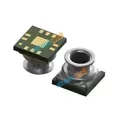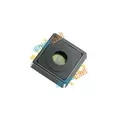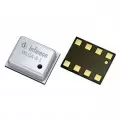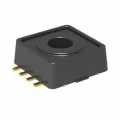OUTLINE:
Do You Really Know Manifold Pressure Sensors
 435
435Manifold Pressure Sensors play a crucial role in the optimal functioning of modern automotive engines.
We will talk about the definition, use, location, failure modes, and troubleshooting of manifold pressure sensors in this extensive guide.
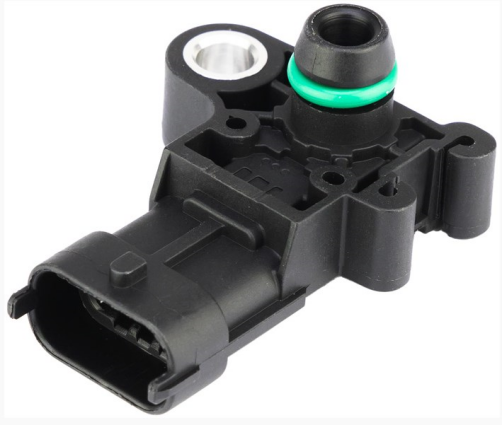
Part 1: Defining the Manifold Pressure Sensor
The Manifold Pressure Sensor, an indirect airflow meter, provides one of the key signals for the engine's fundamental fuel injection control.
Part 2: What Does the Manifold Pressure Sensor Do
Manifold Pressure Sensors are essential for optimizing engine performance. A vacuum tube connects it to the intake manifold. It detects changes in the vacuum in the intake manifold under various engine speed loads and translates those changes in the internal resistance of the sensor into a voltage signal that the ECU uses to adjust the fuel injection volume. This data enables the ECU to ensure efficient combustion, maximize power output, and improve fuel efficiency.
Part 3: Where is the Manifold Pressure Sensor Located
Manifold Pressure Sensors are strategically located on or near the intake manifold to accurately measure the pressure changes that occur as air enters the engine. The precise placement ensures that the sensor receives reliable readings, allowing the ECU to make precise adjustments for optimal engine operation.

Part 4: Symptoms of Faulty Manifold Pressure Sensor
A malfunctioning Manifold Pressure Sensor can lead to various performance issues. Recognizing the manifold absolute pressure sensor symptoms is crucial for timely diagnosis and repair.
Engine Performance Issues: You may notice sluggish acceleration, reduced power, or difficulty maintaining a constant speed.
Poor Engine Performance: A faulty manifold pressure sensor can cause irregular engine idling, causing shaking or stalling. The engine may also idle erratically, with RPMs fluctuating.
Poor Fuel Efficiency: It can interfere with the calculation of the air-fuel mixture, resulting in poor fuel efficiency. You may notice a decrease in mileage, necessitating more frequent gas station visits.
Check if the Engine Light is On: A failing manifold pressure sensor frequently causes the check engine light to illuminate on the dashboard. However, it is important to note that the check engine light can also be caused by other issues.
Difficulty Starting: It can make starting the engine difficult. You may notice that the vehicle requires prolonged cranking or multiple attempts to start.
Rich or Lean Fuel Mixtures: When the manifold pressure sensor fails, it can result in incorrect intake manifold pressure readings, resulting in either a rich or lean air-fuel mixture. This can result in black smoke from the exhaust if the mixture is rich, or hesitation and stalling if the mixture is lean.
Failed Emissions Test: If the manifold pressure sensor isn't working properly, it can interfere with the engine's emissions control system. As a result of the increased pollutants in the exhaust, the vehicle may fail an emissions test.
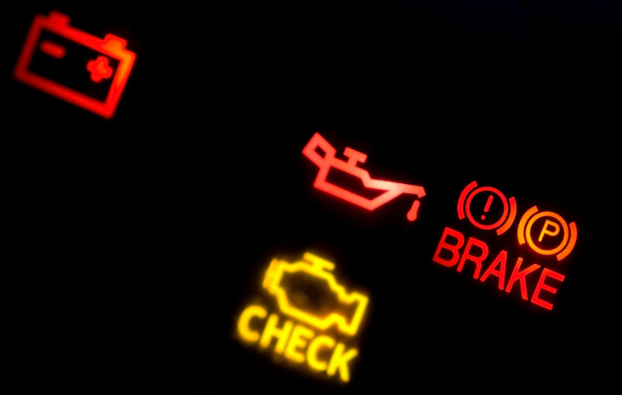
Part 5: 3 Ways to Easy Addressing Manifold Pressure Sensor Simple Issues
These steps can help identify and resolve simple issues with the manifold pressure sensor and ensure proper engine performance.
Visual Inspection: Begin by conducting a visual inspection of the manifold pressure sensor. Look for any signs of physical damage, such as cracks or corrosion, which may indicate a problem.
Check Electrical Connections: Examine the electrical connections to the sensor. Make sure the wiring harness is securely attached and free from any loose connections or frayed wires. Additionally, check for any signs of corrosion or dirt buildup that could affect the sensor's performance.
Verify Vacuum Lines: Inspect the vacuum lines connected to the manifold pressure sensor. Look for any cracks, leaks, or disconnections that may cause inaccurate readings. Ensure that the vacuum lines are tightly secured and properly connected.
FAQs
Is manifold pressure boost pressure?
Manifold pressure is related to boost pressure, but they are not the same thing.
Manifold Absolute Pressure (MAP): This refers to the total air pressure in the intake manifold. It takes into account the ambient atmospheric pressure (around 14.7 psi at sea level). So, a MAP reading of 20 psi would mean there's 20 psi of absolute pressure in the intake manifold.
Boost Pressure: This specifically refers to the pressure above atmospheric pressure present in the intake manifold. It essentially tells you how much the turbocharger is increasing the air pressure compared to normal.
Here's an analogy: Imagine blowing up a balloon. The air pressure inside the balloon is the MAP. But the extra pressure you added by blowing up the balloon compared to the regular air surrounding it is the boost pressure.
What is the pressure range of a MAP sensor?
The pressure range of a MAP sensor typically falls between 1 and 4 bar.
1-2 bar: This range is suitable for non-turbocharged engines and motorcycles.
Up to 4 bar: This range is used for turbocharged engines where the sensor needs to handle the additional pressure created by the turbocharger.
Conclusion
Understanding the definition, role, location, failure symptoms, and troubleshooting procedures for Manifold Pressure Sensors enables vehicle owners to address potential issues as soon as they arise, ensuring reliable and efficient engine performance.

Disclaimer: The views and opinions expressed by individual authors or forum participants on this website do not represent the views and opinions of Chipsmall, nor do they represent Chipsmall's official policy.

share this blog to:




